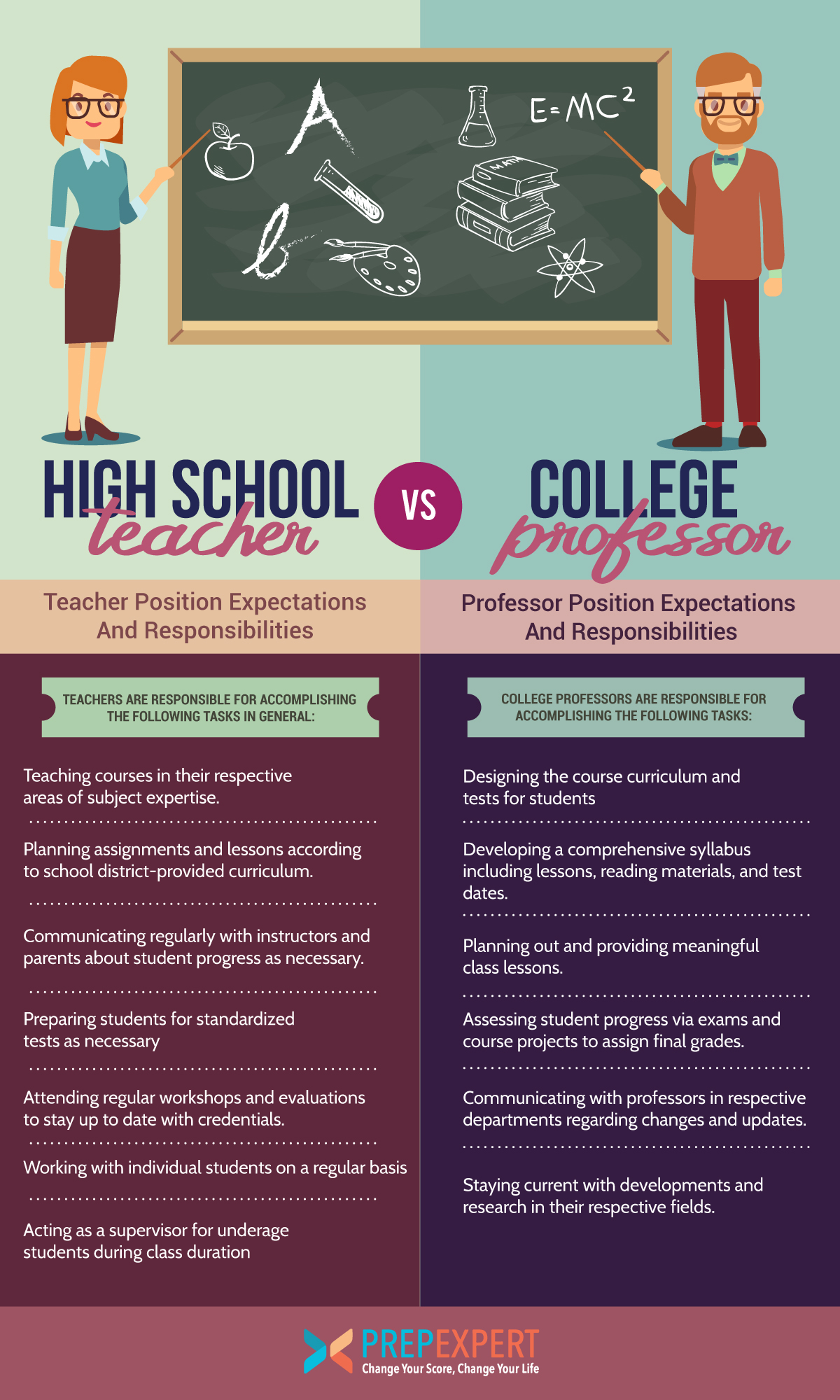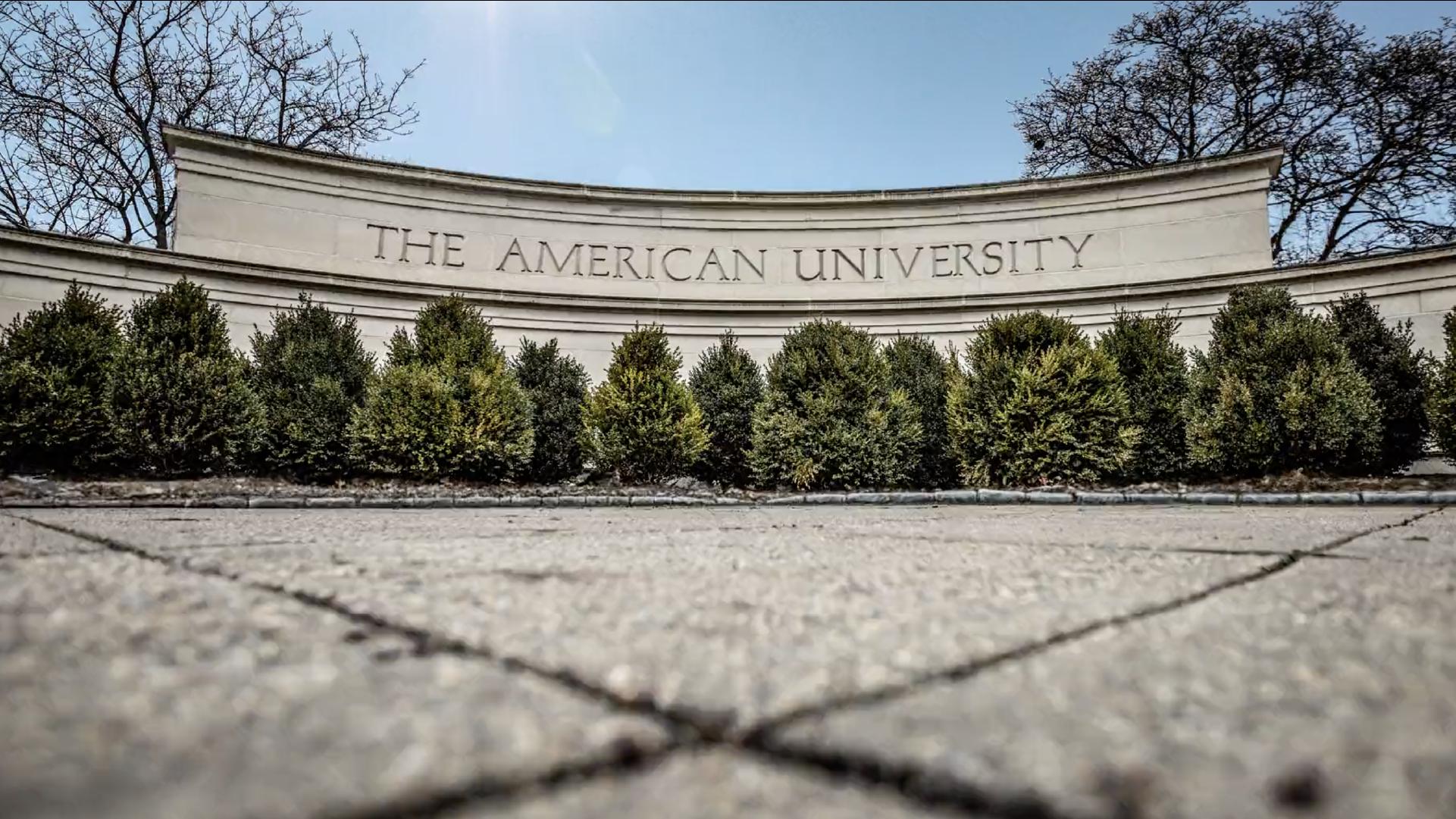Cracking the Code: Understanding the Inner Workings of the American University System. Discover The secrets behind The American university system with ‘Cracking The Code.’ A must-read for anyone seeking a straightforward understanding of how it all works. No jargon, just plain English.
Cracking the Code
Have you ever wondered how The American university system functions? Cracking The code To understand its inner workings might seem like a daunting task, but it doesn’t have To be. In this article, we will dive deep into The intricacies & complexities of The American university system, shedding light on its key aspects & providing valuable insights for students, parents, & educators.
Understanding The Admission Process
The first step in unraveling The American university system is understanding The admission process. Admissions in American universities are highly competitive, with thousands of students vying for limited spots. To navigate this process, it’s crucial To start early & have a strong academic record, along with extracurricular activities & standardized test scores. Many universities also consider personal statements, recommendation letters, & interviews as part of The selection criteria.
If you’re an international student interested in studying in The United States, it’s important To note that The process may vary slightly. International students often need To provide additional documents, such as proof of English language proficiency & financial ability To cover tuition & living expenses. It is a good idea To reach out To The university’s international admissions office for specific guidelines & requirements.
For more detailed information on The American university admission process, you can refer To this informative article that explores The topic in depth.

The Structure of Degree Programs
Once you’ve gained admission into an American university, it’s important To understand The structure of degree programs. In The United States, undergraduate degrees typically span four years & are divided into two main categories: Bachelor of Arts (BA) & Bachelor of Science (BS). BA programs focus on liberal arts & humanities, while BS programs are geared towards science, technology, engineering, & mathematics (STEM) fields.
Within these programs, students have The flexibility To choose a major, which is The area of study they will specialize in. Majors can range from traditional subjects like English or Biology To more specialized fields like Computer Science or Environmental Studies. In addition To major requirements, students also take general education courses To gain a well-rounded education.
After completing an undergraduate degree, students can pursue graduate studies, including master’s & doctoral degrees. These advanced degrees offer a deeper level of specialization & often involve research or professional experiences.
Financing Your Education
Understanding how To finance your education is a crucial aspect of navigating The American university system. Tuition fees in The United States can be quite high, but there are various financial aid options available To students.
Scholarships & grants are forms of financial assistance that do not need To be repaid. They are awarded based on merit, need, or a combination of both. Many universities offer scholarships To high-achieving students, & there are also external organizations that provide scholarships To eligible candidates.
Another common form of financial aid is student loans. These loans must be repaid with interest over time, but they can help make education more affordable. It’s important To research & compare loan options To find The best terms & interest rates.
If you’re an international student, funding your education in The United States may require additional planning. International scholarships, sponsorships, & personal savings are some options To consider. Additionally, some countries offer government-funded scholarships for their citizens To study abroad.
The American Classroom Experience
The American university system emphasizes interactive & participatory learning experiences. Classrooms are often characterized by small group discussions, collaborative projects, & hands-on activities. Professors encourage students To think critically, ask questions, & engage in robust debates.
Another notable aspect of The American classroom experience is The use of The “credit hour” system. Each course is assigned a certain number of credit hours, which represent The amount of time students spend in class per week. Typically, a full-time student takes around 12-15 credit hours per semester.
It’s worth mentioning that The American university system places great importance on student involvement & extracurricular activities. Joining clubs, organizations, or sports teams is not only a great way To pursue personal interests but also an opportunity To build leadership skills & network with peers.
Resources & Support Services
American universities pride themselves on providing a wide range of resources & support services To enhance The student experience. These can include academic tutoring, career counseling, health services, libraries, research facilities, & extracurricular programs.
If ever you need guidance or assistance, reaching out To these support services is highly encouraged. Professors & advisors are also readily available To help students navigate their academic journey.
A Global Perspective
While this article provides an overview of The American university system, it’s crucial To note that every university is unique, with its own distinct mission, culture, & resources. In addition, The American university system is constantly evolving To adapt To changing needs & trends.
For a more comprehensive understanding of The American university system & To explore personal experiences & perspectives, you can visit this insightful link.
Key Features of The American University System
- Wide range of degree programs & majors To choose from 🎓
- Interactive & participatory classroom experiences 📚
- Emphasis on critical thinking & discussion-based learning 🤔
- Extensive resources & support services for students 📚
- Opportunities for personal & professional growth 🌱
Cracking the Code: Understanding the Inner Workings of the American University System

Cracking The Code: Understanding The Inner Workings of The American University System
As an individual who has navigated The intricate workings of The American university system, I can attest To The challenges & complexities that students often face. In this comprehensive blog post, we will delve into The key aspects of The American university system, providing you with a deeper understanding of how it operates & what you can expect as a student.
The Basics of The American University System
The American university system is renowned for its diverse range of institutions, offering students a vast array of academic disciplines & programs. From Ivy League universities To public state colleges, there is a place for every student seeking higher education in The United States. Understanding The differences between these institutions is essential in making an informed decision about where To pursue your education.
One of The fundamental distinctions in The American university system is The classification of institutions into four main categories: research universities, liberal arts colleges, community colleges, & vocational schools. Each category offers a unique educational approach & caters To specific academic & career goals.
Research universities are renowned for their emphasis on research & offer a wide range of undergraduate & graduate programs. These institutions often have extensive resources & prestigious faculty members who actively contribute To their fields of study. Liberal arts colleges, on The other hand, prioritize a well-rounded education & place a strong emphasis on critical thinking & interdisciplinary studies.
If you are considering pursuing a career-focused program or seeking a more budget-friendly option, community colleges & vocational schools are excellent choices. Community colleges typically offer two-year associate degrees & provide a stepping stone for students looking To transfer To a four-year institution. Vocational schools, on The other hand, specialize in providing practical training for specific occupations, such as nursing or culinary arts.
For international students, understanding The American university system may seem overwhelming. However, resources such as Save The Student provide comprehensive guides that can assist you in making an informed decision about studying in The United States.
Admissions Process & Requirements
Gaining admission To an American university involves a detailed & competitive process. Each institution has its own set of admission requirements, such as standardized test scores, high school transcripts, letters of recommendation, & personal essays. It is crucial To thoroughly research & understand The specific requirements of The universities you are interested in.
Furthermore, many universities consider extracurricular activities, volunteer work, & leadership experiences when evaluating applicants. Demonstrating a well-rounded profile can significantly strengthen your application & increase your chances of acceptance. International students may also need To submit additional documents, such as proof of English proficiency & financial statements.
While The admissions process can be challenging, it is important To remember that each institution seeks To create a diverse & vibrant student body. Therefore, it is crucial To showcase your individuality & highlight your unique experiences & aspirations in your application.
Tuition & Financial Aid
One of The most critical aspects of The American university system is The cost of education. Tuition fees vary significantly depending on The type of institution & whether you are an in-state or out-of-state student. Public universities often offer lower tuition rates for state residents, while private universities tend To have higher tuition fees.
However, it is essential To note that American universities are committed To providing financial aid options To students in need. Scholarships, grants, & work-study programs are available To help alleviate The financial burden. It is highly recommended To explore these options & apply for financial aid as early as possible.
If you are an international student, you may also consider scholarships specifically designed for international applicants. Organizations such as EduAfa offer valuable resources & scholarships To assist international students in financing their education. You can learn more about their services by visiting their website here.
A Comparative Analysis of American University System
To further understand The nuances of The American university system, let us compare The key features of research universities, liberal arts colleges, community colleges, & vocational schools.
| Category | Focus | Programs Offered | Cost | Emoji |
|---|---|---|---|---|
| Research Universities | Research & specialized programs | Extensive range of undergraduate & graduate programs | Higher tuition fees | 🔬 |
| Liberal Arts Colleges | Well-rounded education & critical thinking | Interdisciplinary programs with a focus on liberal arts | Varying tuition fees | 📚 |
| Community Colleges | Transfer programs & budget-friendly options | Associate degrees & transfer pathways | Lower tuition fees for in-state students | 🌍 |
| Vocational Schools | Career-focused training | Training programs for specific occupations | Varies based on The program | 🔧 |
Student Life & Facilities
Alongside academic pursuits, The American university system offers a vibrant student life filled with various extracurricular activities & state-of-The-art facilities. Most universities have student organizations, clubs, & sports teams that allow students To explore their interests & make lifelong connections.
Furthermore, universities often provide comprehensive support services, including career centers, counseling services, & health facilities. These resources are designed To ensure The holistic well-being of students & enhance their overall university experience.
Educational Opportunities & Flexibility
The American university system is renowned for its flexibility & The wide range of educational opportunities it offers. Students have The freedom To choose their major & explore different fields of study before committing To a specific career path. This flexibility allows for a more well-rounded education & fosters intellectual curiosity.
Additionally, many universities offer study abroad programs, internships, research opportunities, & cooperative education programs. These experiences can greatly enhance your academic journey & provide valuable real-world exposure.
Career Prospects
The American university system is globally recognized for producing graduates who are well-prepared To enter The workforce. Universities often have robust career services departments that provide assistance with resume building, interview preparation, & job placement.
Moreover, The connections & networking opportunities available through universities can significantly benefit students in their job search. Many employers actively recruit from universities, organizing career fairs & on-campus interviews To find qualified candidates.
In Conclusion
Understanding The inner workings of The American university system is crucial for prospective students, especially international students who may be unfamiliar with its intricacies. By familiarizing yourself with The different types of institutions, admission processes, financial aid options, & overall student experience, you can make informed decisions that align with your academic & career goals.
Remember To approach The application process with confidence & authenticity, highlighting your unique experiences & aspirations. The American university system is designed To cultivate both intellectual growth & personal development, providing you with a transformative educational experience that lays The foundation for a successful future.
Cracking the Code: Understanding the Inner Workings of the American University System
To Ensure Sufficient Coverage for The Topic, You’ll Need Multiple FAQ Entries. Here’s an Example of How To Structure them Using WordPress Gutenberg HTML Format:
What is The American university system?
The American university system refers To The higher education structure in The United States, which includes a wide range of colleges, universities, & institutions. It offers various undergraduate & graduate degree programs, research opportunities, & a diverse academic environment.
How do I apply To American universities?
To apply To American universities, you typically need To complete an application form, submit your academic transcripts, provide letters of recommendation, write a personal statement, & often take standardized tests like The SAT or ACT. Each university might have additional requirementsCracking the Code, so it’s important To thoroughly research & follow The application guidelines for each institution.
What is The difference between public & private universities?
Public universities are funded by The government & tend To have lower tuition fees for in-state residents compared To out-of-state or international studentsCracking the Code. Private universities, on The other hand, rely on tuition fees & private donations for funding & often have higher tuition costs. Private universities may also offer more financial aid opportunities.
What is The significance of majors & minors in The American university system?
In The American university system, a major refers To The primary field of study that students choose To focus on & earn a degree in. A minor, on The other hand, is a secondary field of study that complements The major but requires fewer courses & credits. Majors & minors allow students To specialize in specific areas while gaining a well-rounded education.
How does The credit system work in American universities?
American universities typically use a credit system To measure a student’s progress toward a degree. Each course is assigned a certain number of creditsCracking the Code, usually based on The number of hours spent in class per week. To graduate, students must earn a specific number of creditsCracking the Code, which are often divided into major-specific requirementsCracking the Code, general education requirementsCracking the Code, & electives.
What resources are available To support international students in American universities?
American universities usually have dedicated offices & support services for international students. These resources may include assistance with immigration & visa matters, cultural orientation programs, academic advising, language supportCracking the Code, & access To international student organizations. It’s important To reach out To these resources To ensure a smooth transition & successful academic journey.
Cracking the Code, you can add more FAQs by following The same format & adjusting The questions & answers accordingly.

Conclusion
In conclusion, understanding The inner workings of The American university system can be a daunting task. The complex processesCracking the Code, jargon, & various institutions involved can easily overwhelm students & parents alike. Cracking the Code, by breaking down The system into its key components & following some essential guidelines, success can be achieved.
Cracking the Code, it is crucial To comprehend The major types of institutions that make up The American university system. From community colleges To research universities, each offers different opportunities & resources. Exploring their unique characteristics & mission statements can help students narrow down their choices & find The right fit for their educational goals.
Cracking the Code, understanding The application process is essential for aspiring university students. From researching admission requirements To submitting standardized test scores & crafting compelling personal statements, each step plays a significant role in securing admission. By staying organized & well-prepared, students can maximize their chances of successCracking the Code.
Financial considerations should also be taken into account when navigating The American university system. Understanding The costs involved, including tuition fees & living expenses, can help students & parents plan ahead & explore potential scholarships or financial aid optionsCracking the Code. By being proactive in searching for available supportCracking the Code, The financial burden can be alleviated.
Building strong relationships with professors, advisors, & peers is another crucial aspect of The American university experience. These connections can provide invaluable support, guidance, & mentorship throughout one’s academic journey. Engaging in extracurricular activities & seeking out internships or research opportunities can further enrich The college experience & enhance future job prospectsCracking the Code.
Cracking the Code, it is important To take advantage of The numerous resources & support services offered by American universities. Whether it is The writing center, career services, or counseling, these resources can assist students in achieving their academic & personal goals. By actively seeking help & utilizing these services, students can thrive both inside & outside The classroomCracking the Code.
Cracking The code of The American university system may seem overwhelming at first, but with determination & The right guidanceCracking the Code, it can be successfully navigated. By understanding The different types of institutions, mastering The application processCracking the Code, considering financial aspects, building relationships, & utilizing available resources, students can unlock The door To a rewarding & fulfilling higher education experience.
